
Inventory Put Away: How to Store Inventory in a Way That Is Efficient and Accessible
Inventory put away is the process of storing incoming inventory in a warehouse or other storage facility. It involves receiving and inspecting incoming goods, sorting and classifying them, and placing them in designated storage locations. Inventory put away is an important part of the inventory management process, as it helps to ensure that inventory is […]
Read More
Inventory Insurance 101: What It Is, Why You Need It, and How to Get It
Inventory insurance is a type of insurance that protects businesses against financial losses caused by the loss or damage of inventory. Inventory can include raw materials, finished goods, and work in progress. Inventory insurance can cover a variety of perils, including fire, theft, vandalism, water damage, and weather damage. Inventory insurance is important because inventory […]
Read More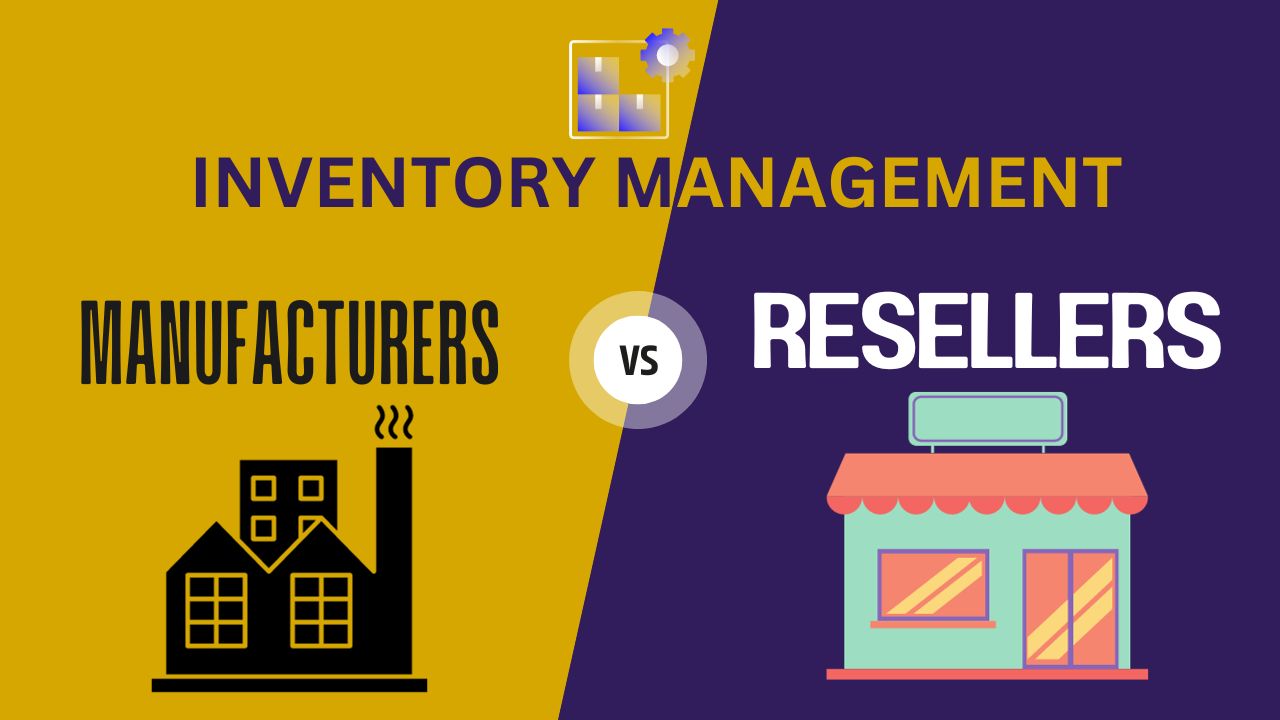
Inventory Management for Manufacturers vs. Resellers
Inventory management is a critical aspect of business, regardless of size or industry. However, the approach to inventory management can vary significantly depending on the nature of the business. This blog post will explore the unique landscape of inventory management for manufacturing businesses and resellers. Manufacturers are responsible for transforming raw materials into finished products. […]
Read More
5 Inventory Management Strategies for Food and Beverage Businesses
The food and beverage industry is a fast-paced and competitive one. Businesses in this industry need to be able to quickly adapt to changing customer demands and market conditions. Effective inventory management is essential for food and beverage businesses to maintain optimal stock levels, minimize costs, and meet customer demands. The food and beverage industry […]
Read More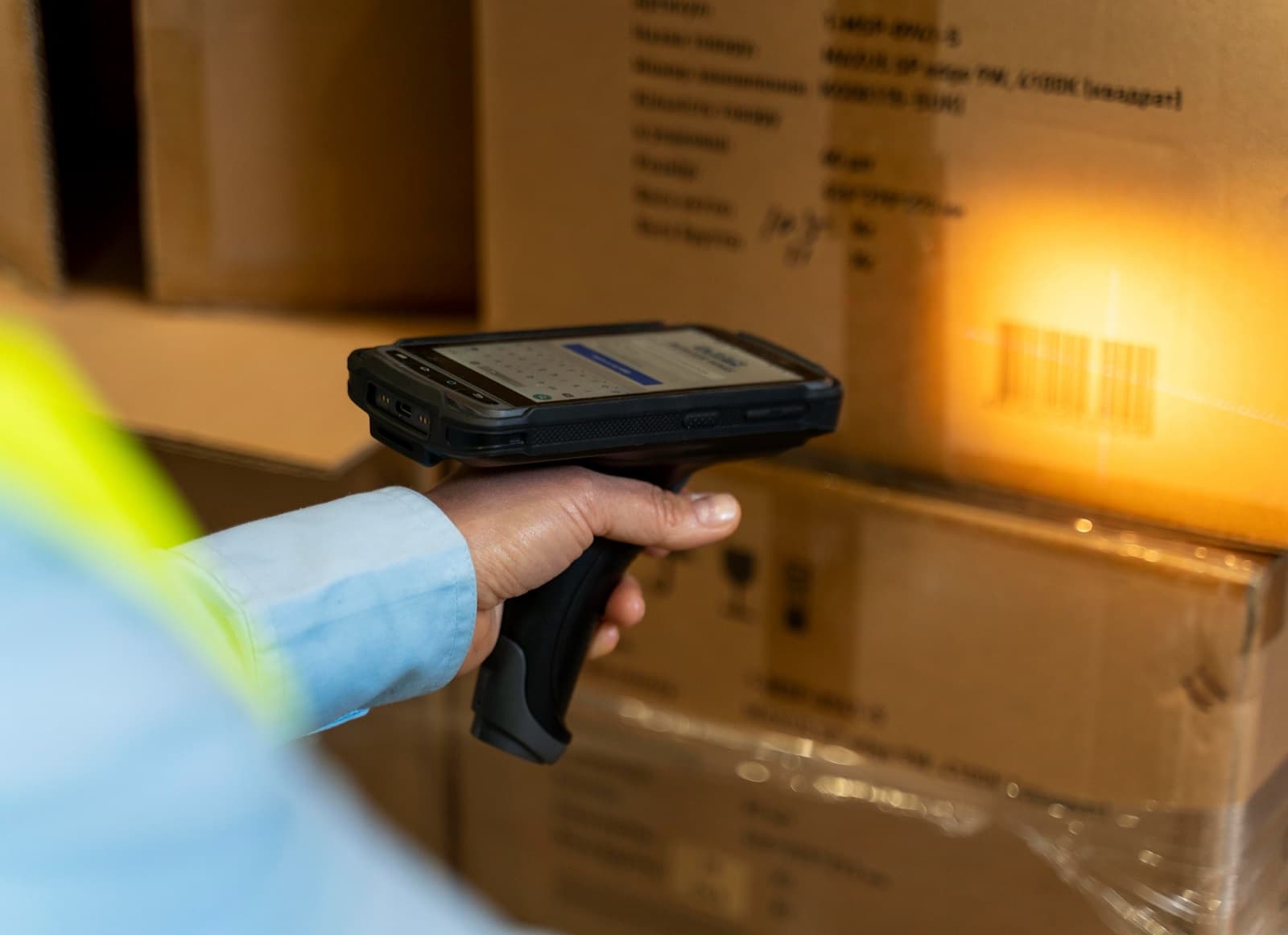
How Does Barcode Inventory System Work
A barcode inventory system is a method of tracking inventory using barcodes. Barcodes are unique identifiers that are printed on labels and placed on products. They can be scanned with a barcode scanner to quickly and accurately identify and track items. Barcode inventory systems typically consist of three components: Barcode inventory systems can be used […]
Read More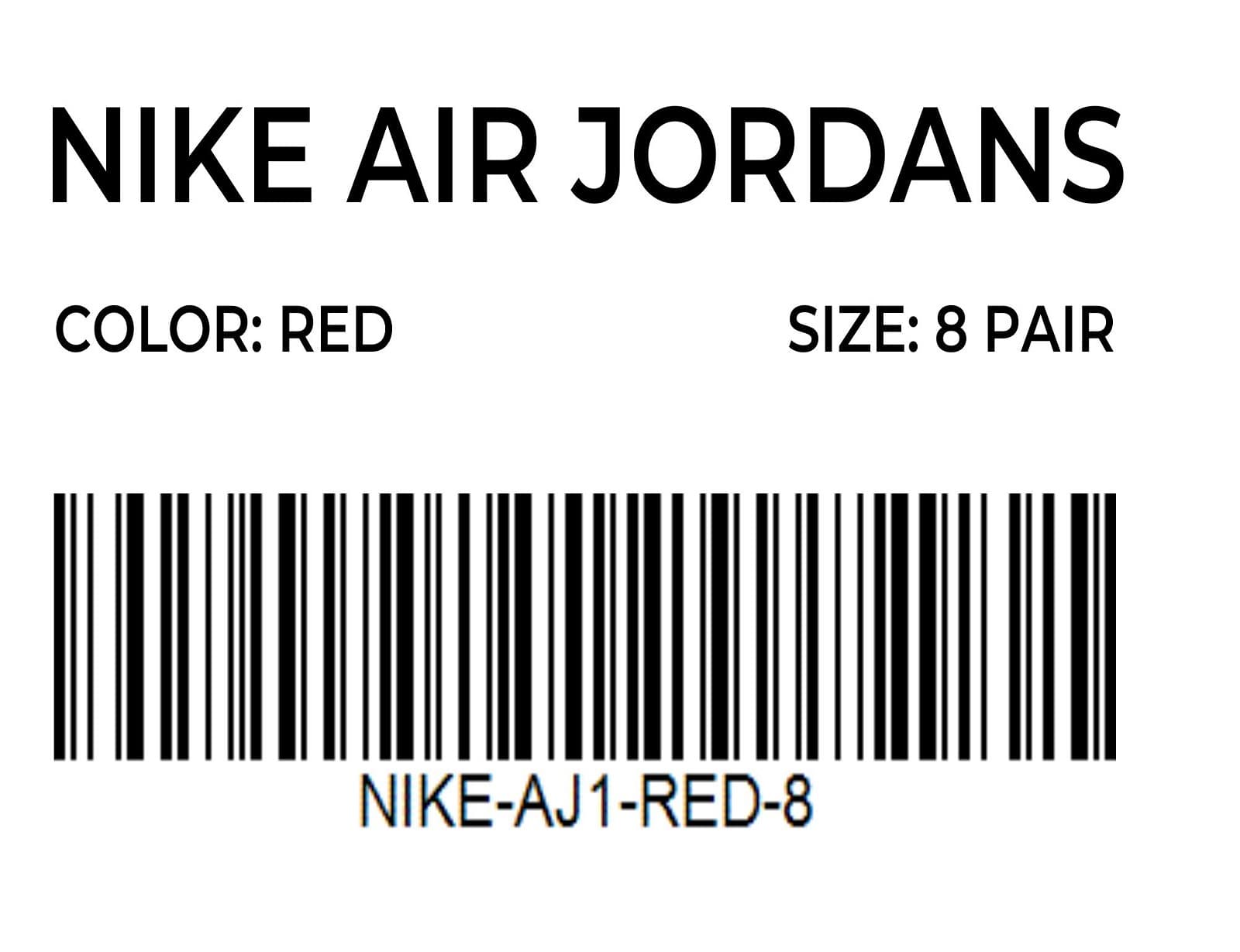
How to Create a Stock Keeping Unit (SKU)
A stock keeping unit (SKU) is a unique code that businesses use to identify and track products. SKUs are typically assigned by retailers or manufacturers, and they are often associated with a product’s barcode. SKUs can be used to track any type of product, including physical goods, digital products, and services. They are especially useful […]
Read More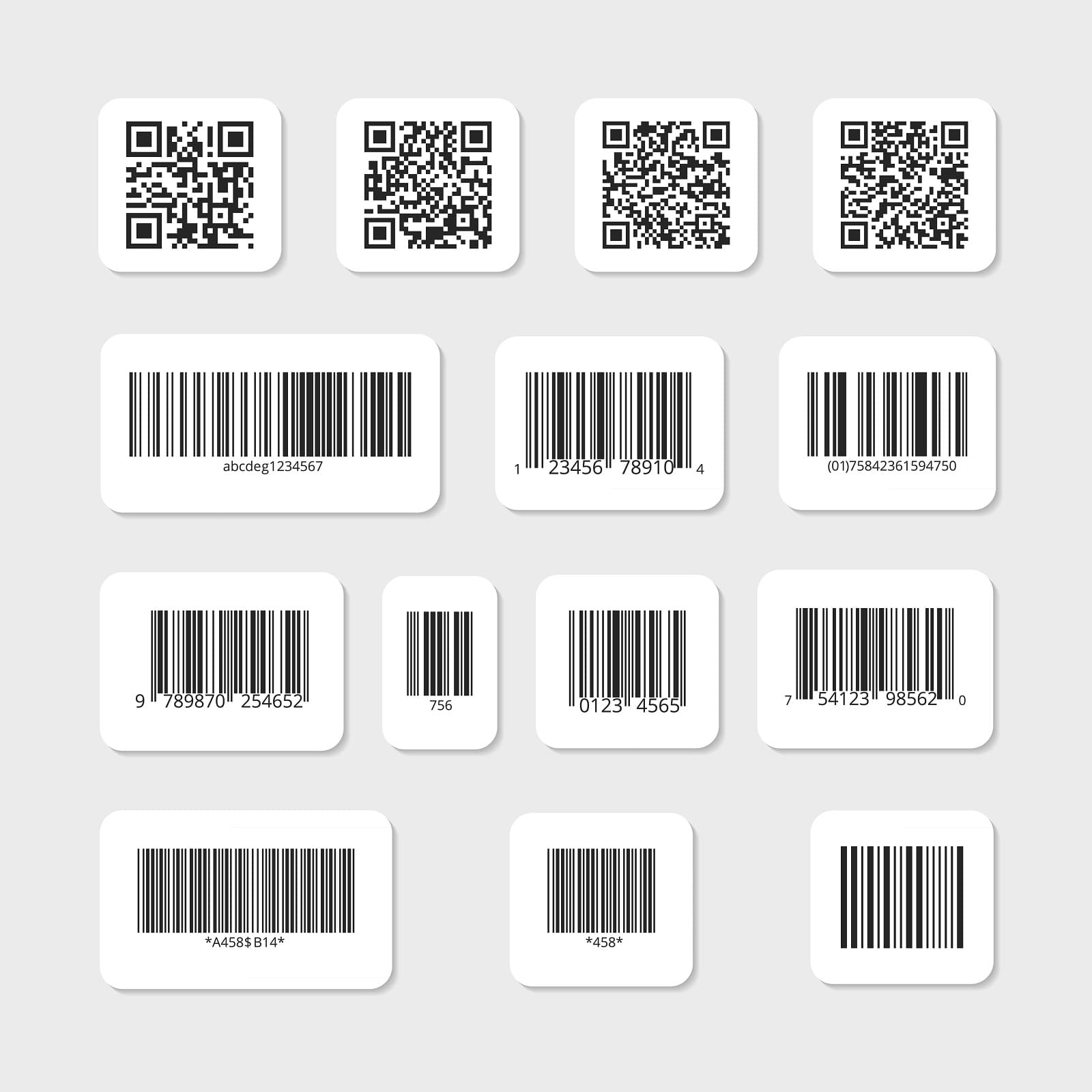
QR Codes vs Barcodes for Inventory Management: Which One is Right for You?
QR codes and barcodes are both machine-readable optical labels that can be used to store and transmit information. However, they differ in a number of ways, including their appearance, capacity, and scannability. QR codes (short for Quick Response codes) are two-dimensional barcodes that can be scanned from any angle. They are typically square or rectangular […]
Read More
Barcode Tagging: A Comprehensive Guide
Barcode tagging is the process of attaching a barcode label to a product or asset. Barcode labels are machine-readable symbols that encode data about the product or asset, such as its product code, serial number, or location. Barcode tags can be used to track and manage products and assets throughout their lifecycle, from manufacturing to […]
Read More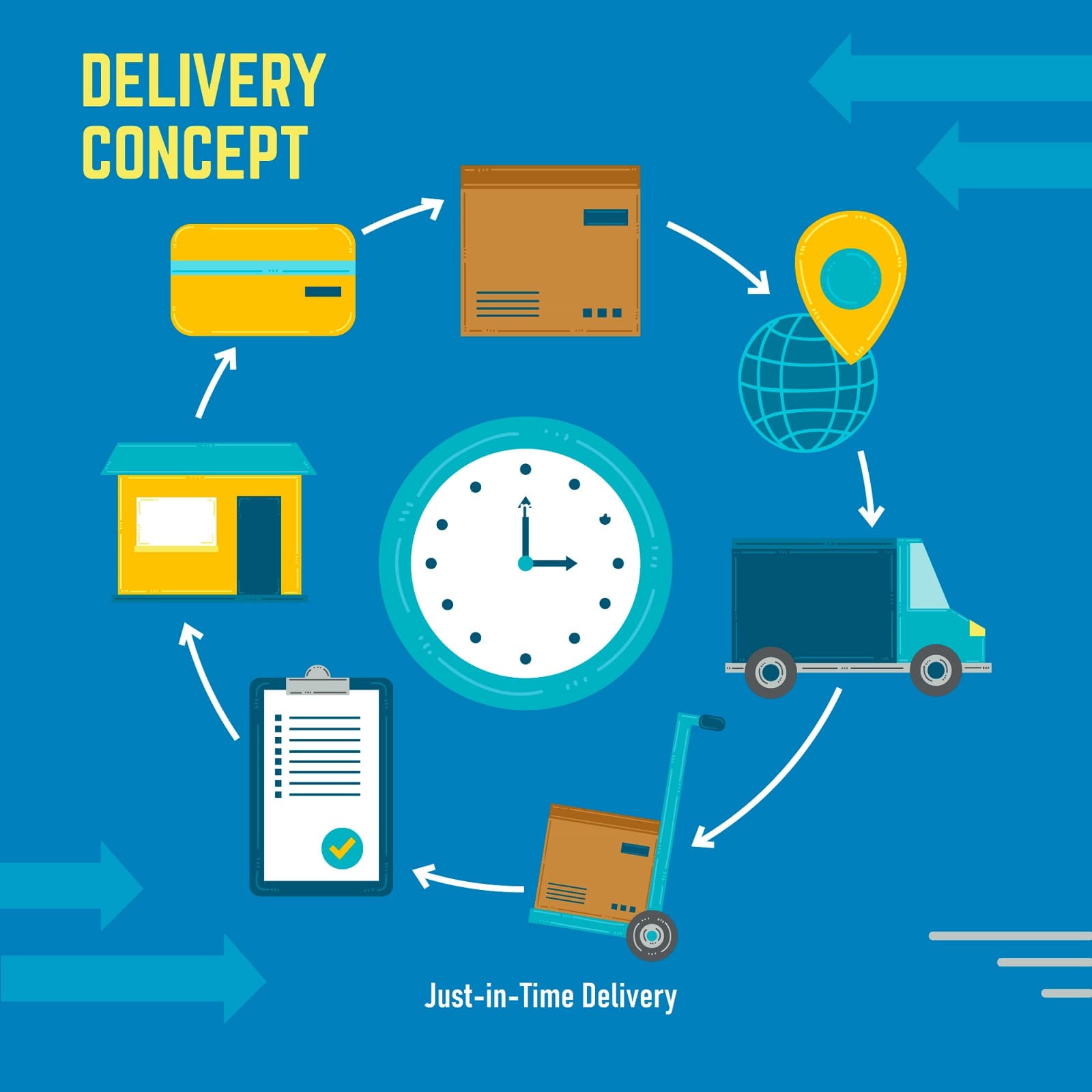
Just-in-Time Delivery: Benefits, Drawbacks, and Best Practices
Just-in-time (JIT) delivery is a supply chain management strategy in which goods are delivered to customers or production facilities only when they are needed. This eliminates the need to hold large inventories, which can save businesses money and improve efficiency. JIT delivery is based on the principle of demand-pull, which means that goods are produced […]
Read More
The Types of Inventory Loss and How to Minimize Your Risk
Inventory loss is the reduction in the quantity of inventory that a business holds due to unforeseen or unexpected circumstances. It can be caused by a variety of factors, including theft, spoilage, damage, and administrative errors. Inventory loss can have a significant impact on a business’s bottom line. It can reduce profits, increase costs, and […]
Read More